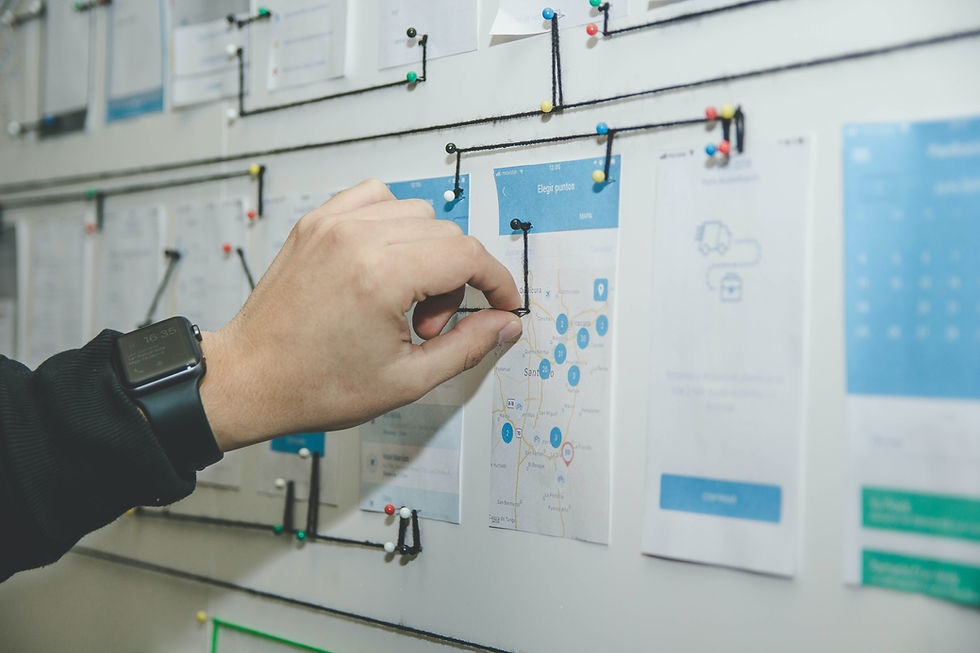Measuring the Effectiveness of Competitive Intelligence
- Yigal Cohen
- Aug 15, 2022
- 3 min read
You’ve been gathering data about competitors for months, maybe even years, and yet it seems like no matter what you are doing, you can’t point out if the company is growing revenues or improving its value proposition because of your Competitive Intelligence (CI) actions or not. While it might feel like you are hitting a stone wall, there are ways in which you can implement to verify that.
There are many ways to measure CI in your organization. If you're just getting started with measuring CI, here are some key metrics you can use.

Stakeholder Confidence and Usage of CI
First, you need to check if the defined processes of the CI are set to build up the product and ensure the data you have gathered is used to enforce new policies that will allow your organization to grow. Then, you should create an ongoing monitoring method to verify that. The most important thing to do when assessing the efficiency of your CI activity is to check that your colleagues are actually using the product and how satisfied they are with it. Keeping track of interactions, materials open, and qualitative feedback from senior management will help you improve.
Win Rates and Revenue Growth
Not only can your sales team convert potential customers into customers, but they can also engage customers and move them away from your competitors. Therefore, the win rate is an essential tool to check the effectiveness of CI.
Quantify which vendors your sales team is competing with the most, and add statistics to their battle cards, asking them to enter wins and losses. By doing so, you will be able to determine how many times you won from real opportunities. Auto-update them if possible.
On a separate list, note every sale is influenced directly by CI support. As an example, if a CI program identified a weakness or gap in a particular competitor's account, and the sales team used it as a FUD to replace him successfully, that is good news for CI.
Time-Saving and Cost Avoidance
Whenever your colleagues are not spending time on CI, they are spending time doing what they do best. Whenever a member from your sales/ marketing/ product/ strategy/ management contacts you get help with a CI task, you should count that. Calculate how many jobs you were requested to do and categorize them.
One of these categories has to refer to the reduction of unnecessary expenses. Suppose one of your CI findings influences decisions of management that impact costs; you should note that. For example, if a CI program discovered the product roadmaps of competitors, which changed your organization's R&D budgets for the next year, or if management changed the sales planning about new market opportunities because the CI program discovered that there is no use in investing time in that market - that is big news for CI effectiveness.
Customer Retention Rate
Regardless of the business type that you are running, high retention rates are used to have a regular clientele and, thus, a constant revenue stream. By measuring the retention rate, you can ensure that the policies driving customers away are changed to keep more customers and have business stability.
Based on Customer Intelligence assignments for specific regions or verticals, you should always keep track of the number of total customers that were part of the assignments and see how it changes quarterly. If churn is reduced in a particular region, your products are performing well in that market, which is big news for CI effectiveness.




Comments